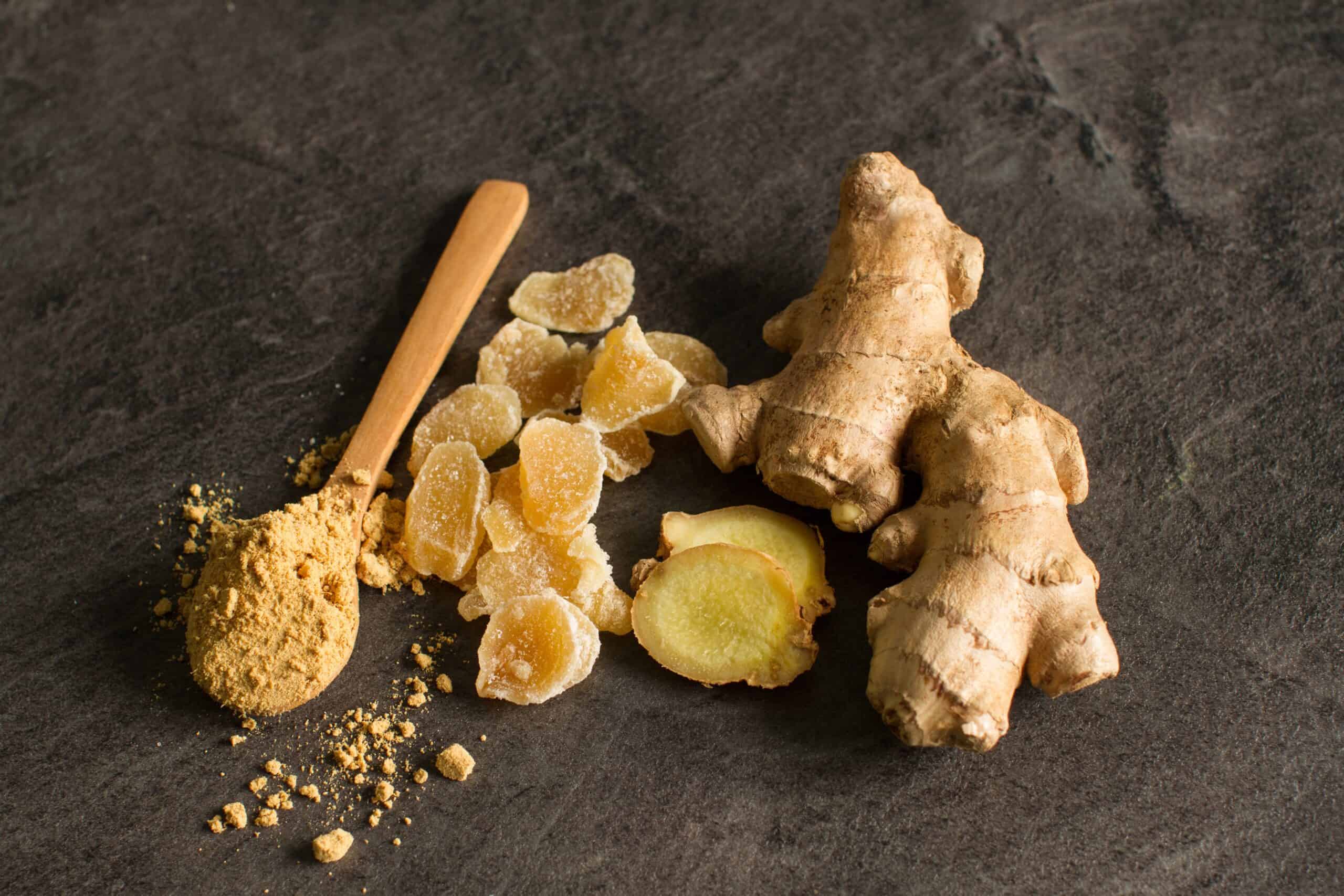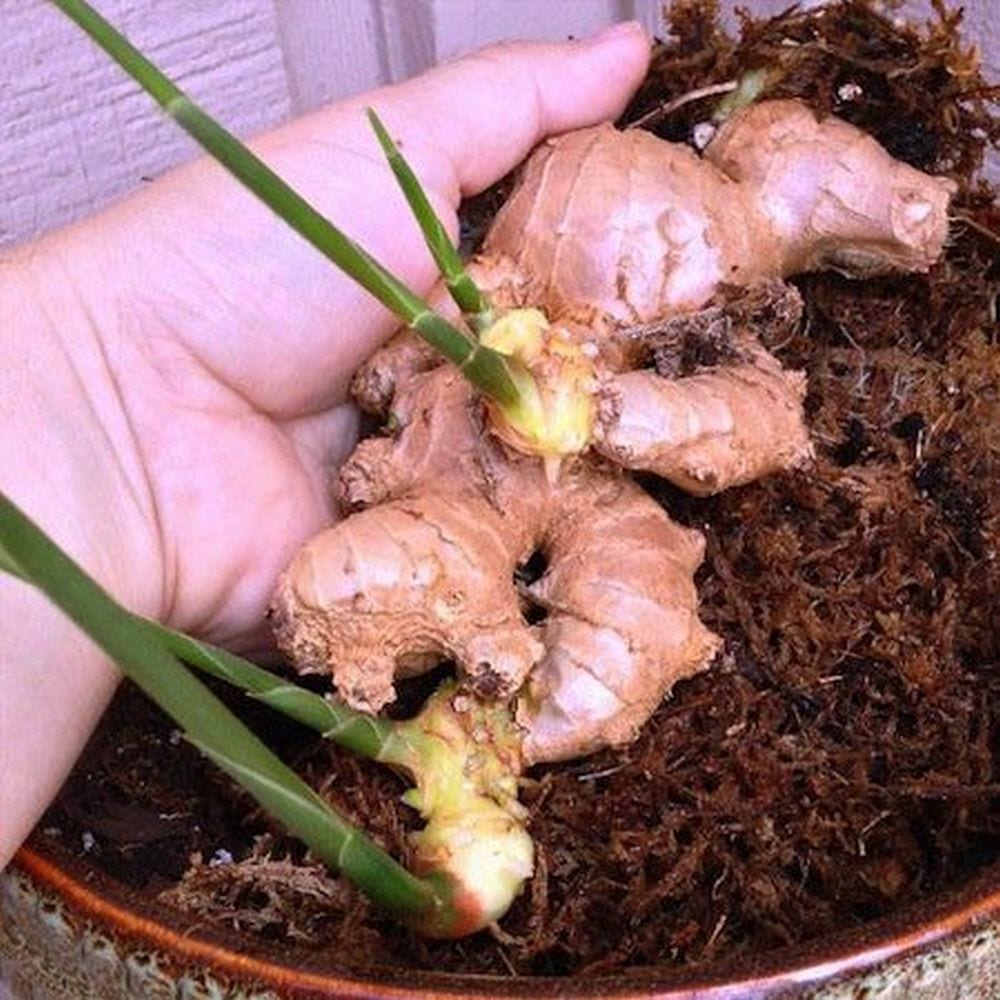
7 Benefits of Ginger and its Culinary Uses – NFCI
Ginger is one of the most important and old medieval spices in Cooking. It is one of the few spices that finely balance the savoury and sweet taste in dishes. An essential ingredient in cooking Indian cuisine. It, scientifically known as Zingiber officinale, is a flowering plant whose rhizome, commonly known as ginger root, is widely used as a culinary spice and folk medicine.
Originating from Southeast Asia, it has a rich history and a multitude of uses that span culinary, medicinal, and even in cultural realms. This blog delves into the fascinating world of the ginger plant and the spice derived from it.
The Ginger Plant: An Overview
It is a constant herb that belongs to the Zingiberaceae family, which also includes turmeric, cardamom, and galangal. The plant typically grows to about 3-4 feet in height and features narrow, lance-shaped leaves and yellow-green flowers.
Cultivation and Growth:
- Climate: It thrives in warm, humid climates and is typically grown in tropical and subtropical regions. It requires well-drained, fertile soil and a consistent supply of moisture.
- Propagation: It is usually propagated through rhizomes. A piece of the rhizome with at least one bud is planted in the soil, and new shoots emerge from the buds.
- Harvesting Time: The rhizomes are harvested about 8-10 months after planting, once the leaves start to yellow and wither. Young ginger is harvested earlier for a milder flavour and tender texture.
Related: 8 Healing Culinary Herb to Transform Your Wellness
Ginger Spice: Culinary Uses
Ginger spice is derived from the rhizome of the ginger plant and is used in various forms, including fresh, dried, powdered, and as an oil or juice. Its distinct, pungent flavour makes it a staple in many cuisines around the world.

Types of Ginger in Culinary:
- Fresh Ginger: Often used in Asian cuisines, fresh ginger adds a zesty and aromatic flavour to dishes. It is commonly used in stir-fries, soups, and marinades.
- Dried Ginger: This form is more concentrated and has a slightly different flavour profile. It is often used in baking, such as in gingerbread, cookies, and cakes.
- Ground Ginger: Ground ginger is a convenient form used in both sweet and savoury dishes. It is a key ingredient in spice blends like garam masala and curry powder.
- Ginger Oil and Juice: These forms are used for their intense flavour and are often found in beverages, dressings, and marinades.
Popular Ginger Culinary Uses:
- Asian Cuisine: It is a fundamental ingredient in many Asian dishes, including sushi, curries, and stir-fries.
- Baking: Ground ginger is essential in baking, especially in gingerbread and spiced cookies.
- Beverages: It is used to flavour teas, soft drinks like ginger ale, and alcoholic beverages such as ginger beer and cocktails.
- Preserves: It can be preserved in sugar syrup to make candied ginger, which is a popular treat and baking ingredient.
- Dried Ginger Powder: Dry ginger powder is well known staple in Kashmiri Kitchens known as ‘Saunth’ to enhance the flavour.
Medicinal Properties of Ginger
It has been used for centuries in traditional medicine to treat a variety of ailments. Modern research supports many of these uses, highlighting ginger’s potential health benefits.
Health Benefits of Ginger:
- Digestive Aid: It is well-known for its ability to alleviate nausea and vomiting, making it effective for motion sickness, morning sickness during pregnancy, and chemotherapy-induced nausea.
- Anti-Inflammatory: The active compounds in ginger, such as gingerol, have anti-inflammatory properties that can help reduce pain and inflammation, particularly in conditions like osteoarthritis.
- Antioxidant: It has potent antioxidant properties that help protect cells from damage caused by free radicals.
- Immune Support: Ginger’s antimicrobial and anti-inflammatory properties can help boost the immune system and fight off infections.
Common Medicinal Benefits of Ginger:
- Ginger Tea: A popular remedy for colds, sore throats, and digestive issues. Simply steep fresh ginger slices in hot water.
- Ginger Supplements: Available in various forms, including capsules, extracts, and powders, these supplements are used to address specific health concerns.
- Topical Applications: It’s oil can be applied topically to relieve muscle pain and stiffness.
- Ginger Detox Water: Detox water helps to take out all the toxins from the body and makes you feel healthier. This ginger water can help your digestive system and prevent indigestion, nausea and heartburn.
Cultural Significance of Ginger
It holds significant cultural importance in many parts of the world. It is often associated with warmth and healing and is used in various traditional ceremonies and rituals.
Cultural Uses:
- Traditional Medicine: In Ayurveda and Traditional Chinese Medicine (TCM), ginger is considered a warming herb that balances the body’s energies and improves circulation.
- Festivals and Rituals: It is used in various cultural festivals and rituals, symbolizing prosperity and health.
- Culinary Traditions: Many cultures have traditional recipes that prominently feature ginger, reflecting its importance in their culinary heritage.
The ginger plant and the spice derived from it are truly remarkable in their versatility and benefits. From enhancing the flavour of dishes to providing numerous health benefits, it has earned its place as a beloved and essential ingredient in kitchens and medicine cabinets around the world.
Whether you are a culinary enthusiast or someone seeking natural remedies, it offers something for everyone. Embrace the power of it in your daily life and discover the countless ways this incredible plant can enrich your health and culinary experiences.





